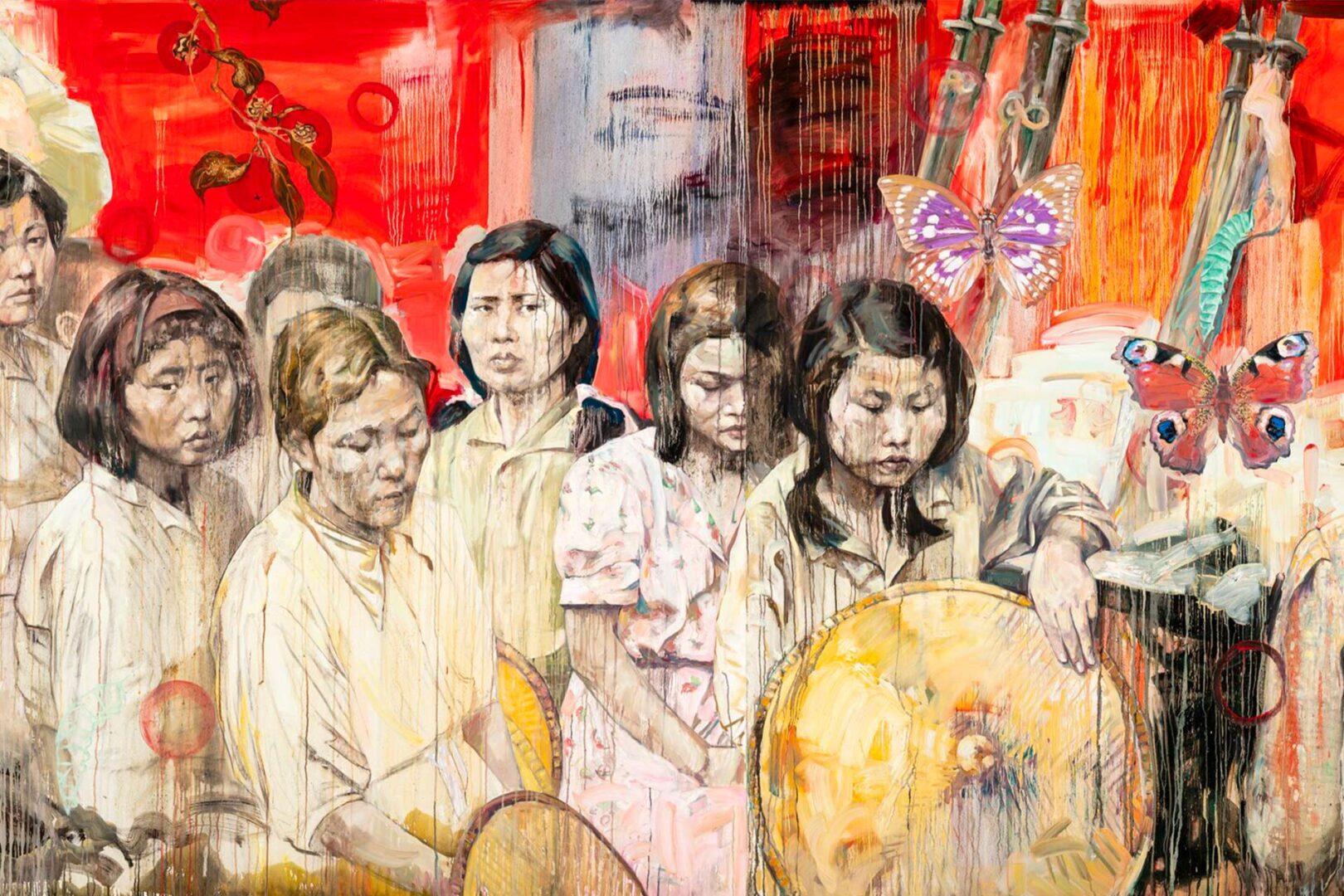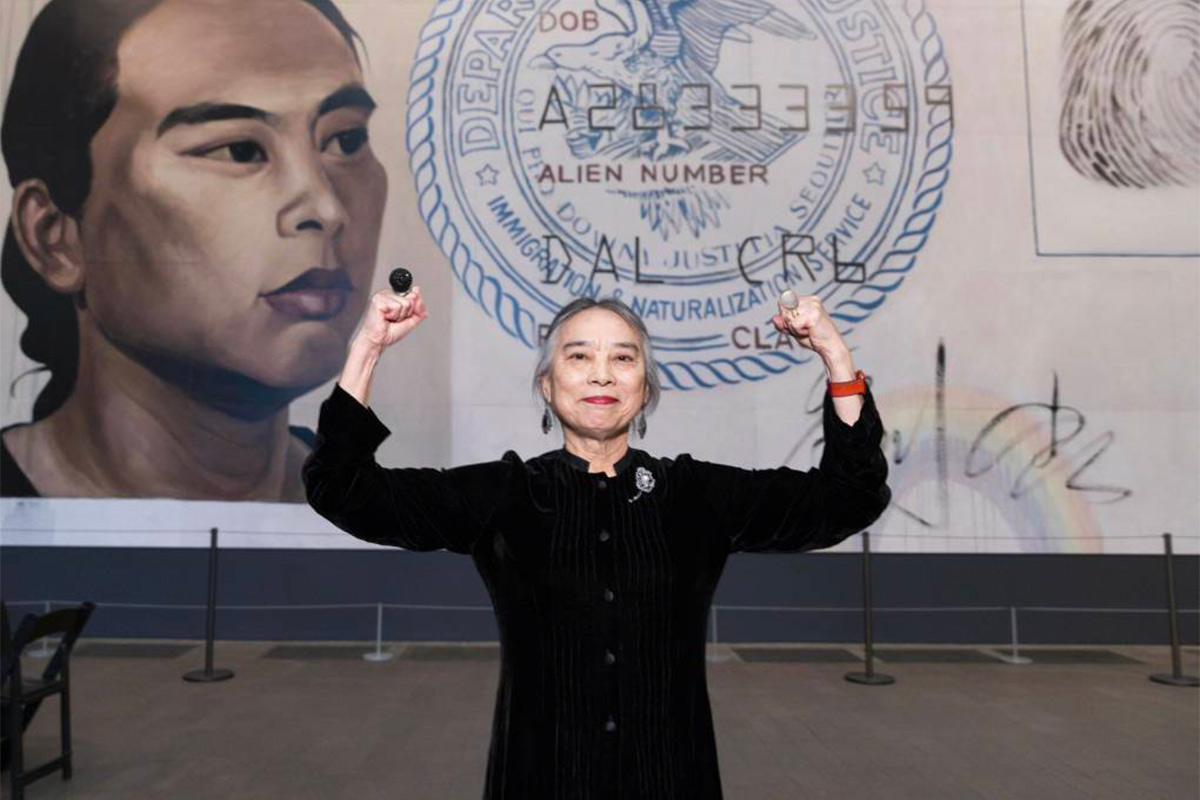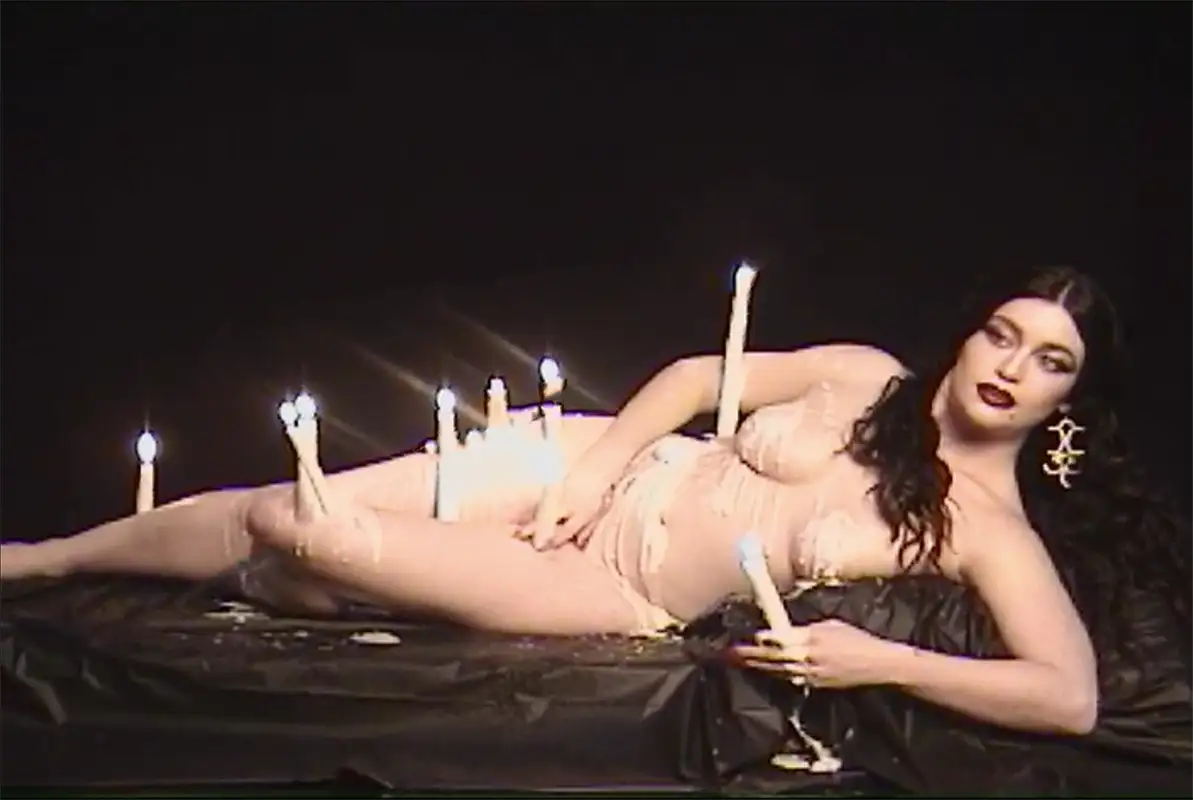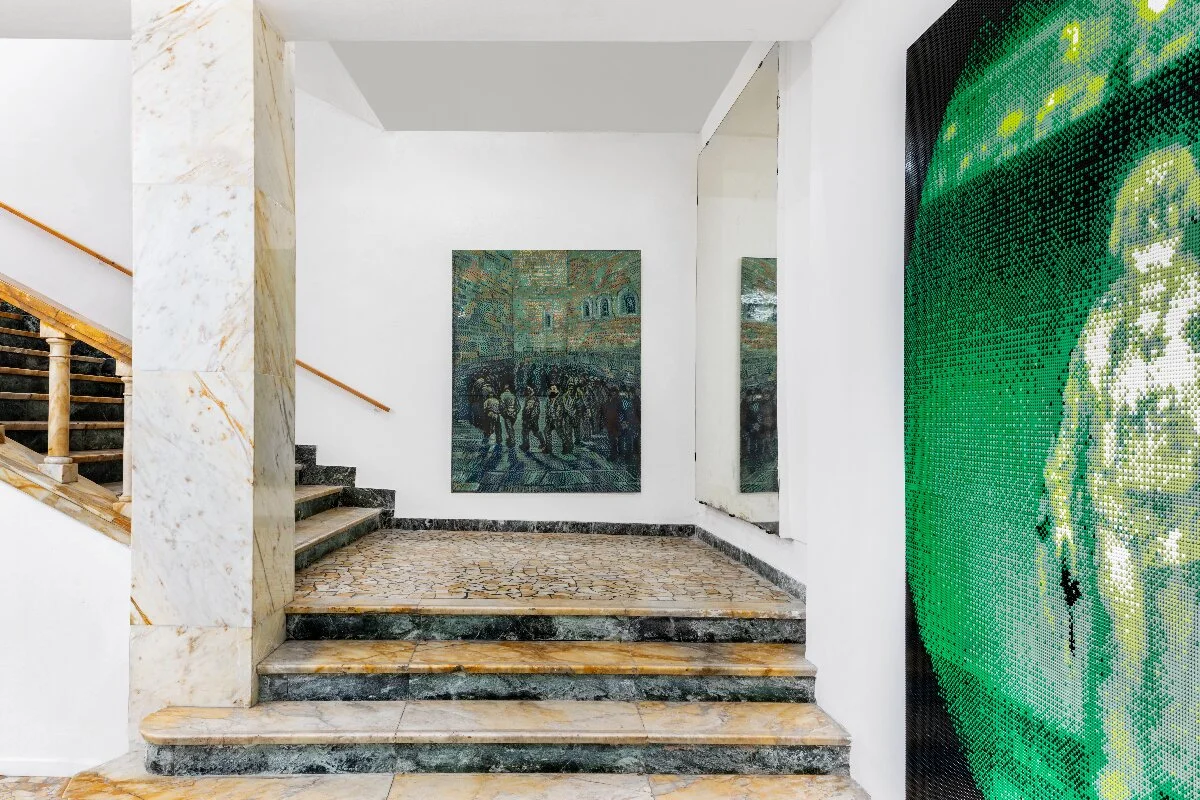Reclaiming discarded pieces of history by referencing historical photos and reviving the stories capturing sorrow, laughter, and courage
National Portrait Gallery presents: Portraits of Promised Lands
The National Portrait Gallery presents Portraits of Promised Lands honoring paintings by Hung Liu. Director Kim Sajet states «this moment is bittersweet», as Hung Liu unexpectedly passed away from pancreatic cancer three weeks before the exhibition.
Before her passing, Hung Liu saw the book and video of the installation created on behalf of her work. Weeks before the diagnose, she spoke on the PORTRAITS podcast stating, «look at me, I look good», and tells her story that transcends into her portraiture pieces. She has left the audience with a collection of memories and challenges viewers not to forget the past.
Her work is esteemed for her focus on the Cultural Revolution and concentrates on the stories of oppressed communities in China. Revealing the realities of the Cultural Revolution threatened her safety due to the People’s Republic of China (PRC) censorship surrounding the topic she addressed. However, as early as 1984, Hung Liu was committed to contemporizing historical images by recreating larger than life paintings that memorialize her culture’s history.
Cultural Revolution: Censorship around Artistic Expression in China
Hung Liu was raised in China during the Cultural Revolution when Mao spearheaded the Great Leap Forward. During this Era, Hung Liu witnessed the destruction of her belongings, lineage and culture to pledge allegiance to the cause. Individuals who kept their belongings were believed to be in defiance of PRC’s acceleration and suffered great tragedies. Hung Liu shares her trauma of being separated from her father, burning images, and fleeing her home as a refugee for safety. But sharing these events would put her life at risk.
The artists in China had to depict villagers posing heroically with an overjoyed expression in order to depict a spirit of optimism for the revolution. False hope was the bane of any artistic expression. Hung Liu believed this art portrayed surrealism rather than realism. After moving to America, Hung Liu’s revealed the truth that lurked behind the propagandas.
Spanning libraries, galleries and records Hung Liu had an infinity to collect historical photographs. During the Cultural Revolution, Hung Liu explains having a picture taken was considered a privilege. These images were items of nostalgia that recollected her childhood memories. The photos were her muse and point of reference to depict authentic moments of those who identified with the witnessed history. Feminism, immigration, and liberty were her interests. As a result, the inspired images depict women and children commonly disregarded while addressing these topics. Evaluating the subject’s gesture, expression and positioning, she interprets the emotion surrounding the circumstances they faced in her paintings.
Portraitures presented at the National Portrait Museum
Alien Residency, one of her most acclaimed pieces, touches on Hung Liu’s experience as an immigrant. Hung Liu was one of many to receive her green card and declare her citizenship in America but faced the mixed feelings of rejection in the comforts of her home. In response to these emotions, she created a mockery of the green card. She addressed a fluidity of topics surrounding her experience of being one of the first Chinese artists to establish a career in the West. She identified feeling like an alien in a land she legally had rights to consider home. Interchanging words such as immigration to im-magination and her name to Fortune, Cookie attributed to the preconceived notions projected onto her that discounted the individuality she added to America’s culture.
Chinese Profile II depicts a woman’s side profile dressed in traditional attire. The woman looks uninterested in turning her attention to the observer. Instead, she seems to be occupied in her thoughts of somberness. Hung Liu allowed gravity to take its course with the linseed oil-based paint, which created a veil surrounding her face. In addition, the kaleidoscope of colors invading the lines that blurred the silhouette made sense of erosion. Hung Liu wanted the women to appear washed out to demonstrate the actions taken against her history.
Chinese Profile II
The Chinese Profile II symbolizes her interpretation of society, not erasing the effects of historical events such as the cultural revolution because of the politics of the matter. However, by erasing the tragedies, society becomes privy to the power of people who overcame these adversities.
Hung Liu empathized deeply with the images, which beget into paintings that translate the composition of the Cultural Revolution for everyone’s understanding. Hung Liu states, «We don’t need a language, but we can communicate across time and space. There is something beyond that links us». Her art offers the audience the bridge between time and space to interpret narratives that go unspoken. The innovation lies in her ability to execute bold but necessary objectives for cultural healing.
Hung Liu’s cross-culture engagement ‘adopts’ more memories
Hung Liu’s work was not limited to Chinese history. In addition to Chinese culture, she’s revived a series of images that commemorate other narratives of western civilization. She connected the commonalities shared with the collection of photographs from the Dust Bowl Era. «Even though families adopt children from other families or even other cultures. Why can’t we adopt ancestors? Why can’t we adopt other people’s memories? We could, that makes our family much bigger!» Having struggled to retrieve pieces from her past, she preaches the importance of including other cultures to strengthen the history of suppressed people.
Hun Liu challenges the viewer to notice mirrored emotions. She empathizes with the hardship of other families and felt moved to add their truths to the collection of portraits portraying realism. The National Portrait Gallery expresses the honor to showcase her platform and carry on her philanthropy addressing women’s rights, immigration, and freedom of speech. Instead of plastering smiles over faces of pain, Hung Liu stepped outside the artistic bounds of the PRC to initiate people coming together to address these issues that instill hope for a better future.
Hung Liu
The National Portrait Gallery recognized her cross-cultural accomplishments as a portrait artist. The Chinese government censored the topics in which her work deals, so she was unable to exhibit in Beijing. It is the first show of its kind to present Asian-American stories in a solo exhibition setting. Hung Liu speaks truthfully about the hardships that span a spectrum of cultures.




















